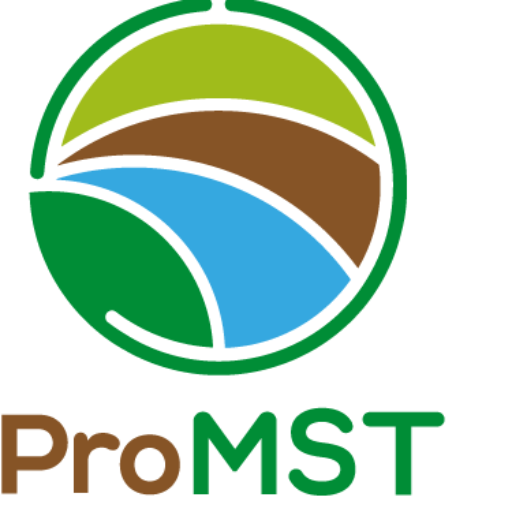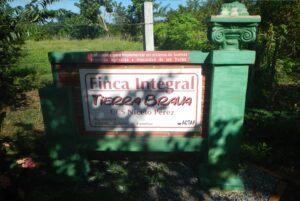
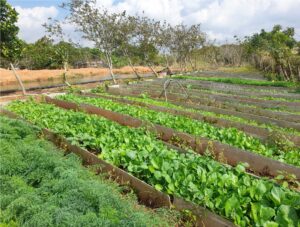
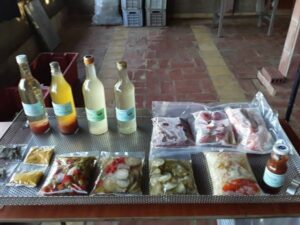
Tierra Brava Estate
It is located in the South Western Plains Intervention Area of Pinar del Río.
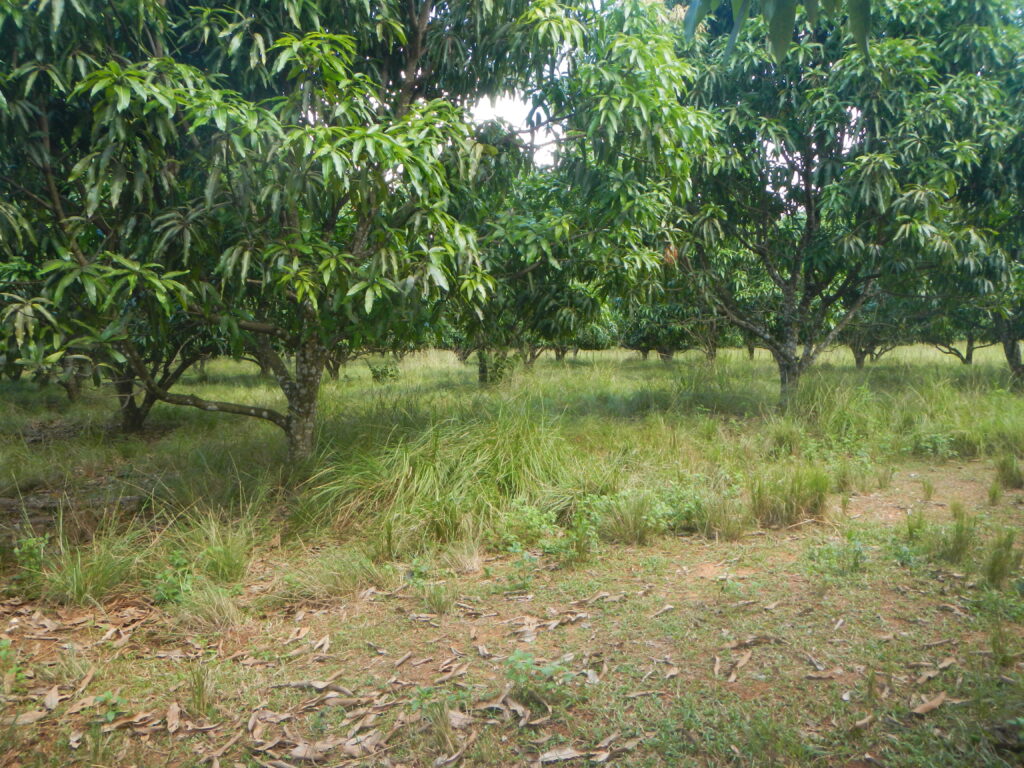
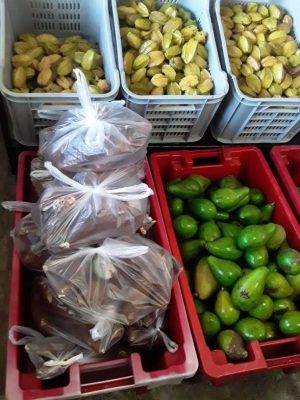
Replica site, belonging to the Cubaquivir Agroindustrial Company, Los Palacios Municipality, Pinar del Río Province. It currently holds the highest category of recognition in MST: Land under sustainable management.
It has an area of 32ha, for agroforestry use, mainly fruit trees; but there is an area of approximately 0.2ha of degraded secondary natural forest, with the presence of species such as carob, almácigo, guásima, yagruma, jiguí, huevo de gallo (rooster’s egg), flowering pinion, ateje and marabou. The predominant fruit trees are mango (13ha), soursop (6ha, avocado (1ha), sugar apple (0.75ha), star fruit (0.5ha) and lemon (0.4ha).
The predominant soil is Leached Reddish Yellow Quartzitic Ferralitic. The farm is located on the slope of the Rosario Plateau, with a predominant relief with undulations or slopes that range between 1 and 3%. The characteristics of the relief allow easy tillage of the soil, and the breeding and grazing of small livestock within the fruit fields. It also allows the reduction of runoff when rains occur; which contributes to the maintenance of soil cover throughout the year, favoring the infiltration of water into the groundwater table and the moderate development of soil degradation processes.
The main limiting factors are erosion, compaction, low fertility and low moisture retention.
In the evaluation of the agro-productive suitability of the soil, it was found suitable, with some limitations, for crops such as beans, corn, vegetables, roots and tubers, and it was considered that the lands had good suitability for fruit trees. Crops, including fruit trees, are fertilized with biological products and by in situ fertilization from sheep silvopasture, which occurs especially in areas planted with mango. The use of dry cover is practiced, in addition to the natural cover that enters the system, through the development of the undergrowth in fruit plantations.
In its origins, the production obtained on the farm was developed through dryland agriculture as it did not have permanent water sources to allow irrigation of the crops. Currently there is a 2ha sprinkler irrigation system. There is an excavated curb well (2m wide x 5m deep), where water from surface runoff accumulates. These waters are used for domestic and animal consumption. The farm also has a small reservoir that receives rainwater and has a storage capacity of approximately 360m3. It makes it possible to maintain soil moisture in the nearest fields. This dam is also used in tilapia farming.
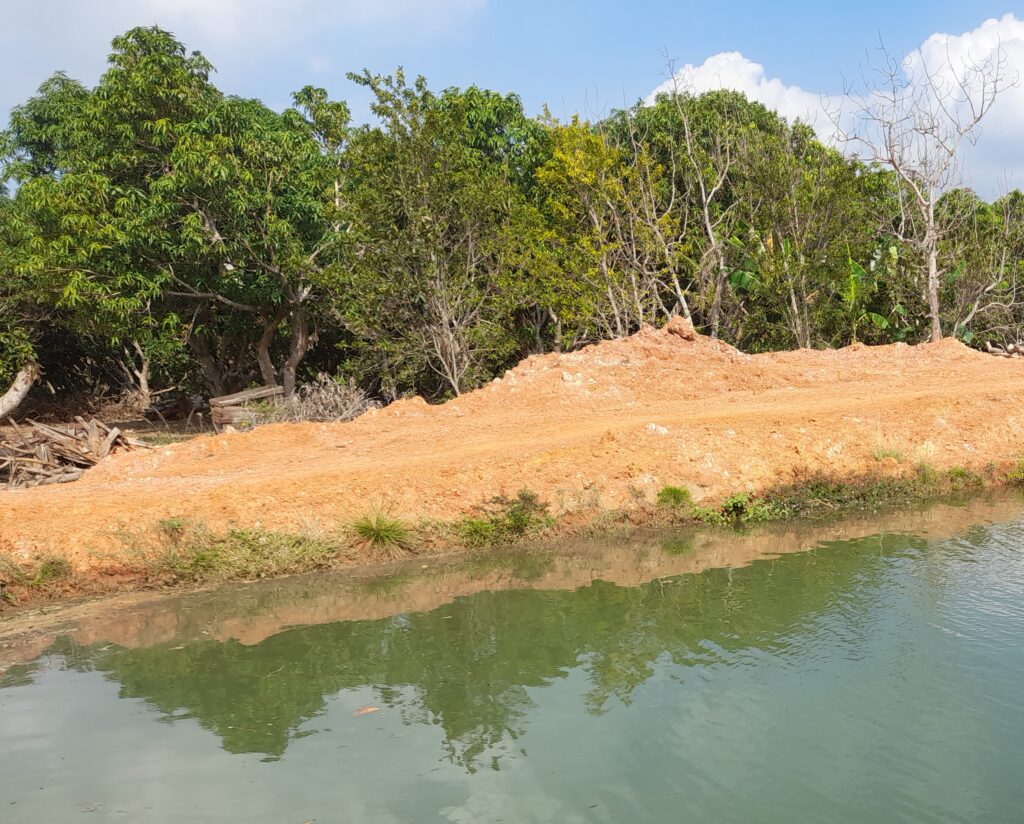
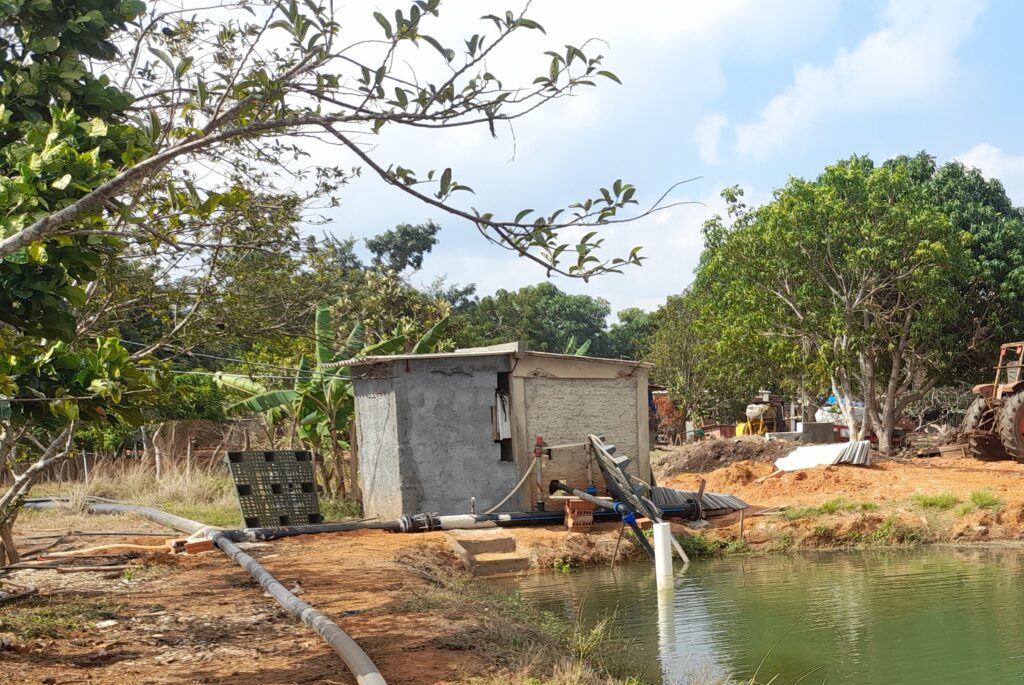
The farm has obtained 86.40t of mango and 5.90t of avocado in annual production. The productive varieties have been selected based on their tolerance to drought, obtaining significant productions even in dryland conditions. Through synergy with other projects (PADIT AND OP15), the preparation of a warehouse for the processing of fruits, vegetables and their conservation has been achieved.
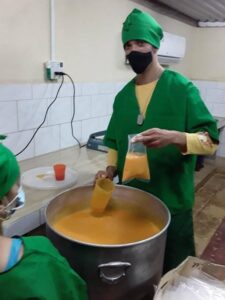
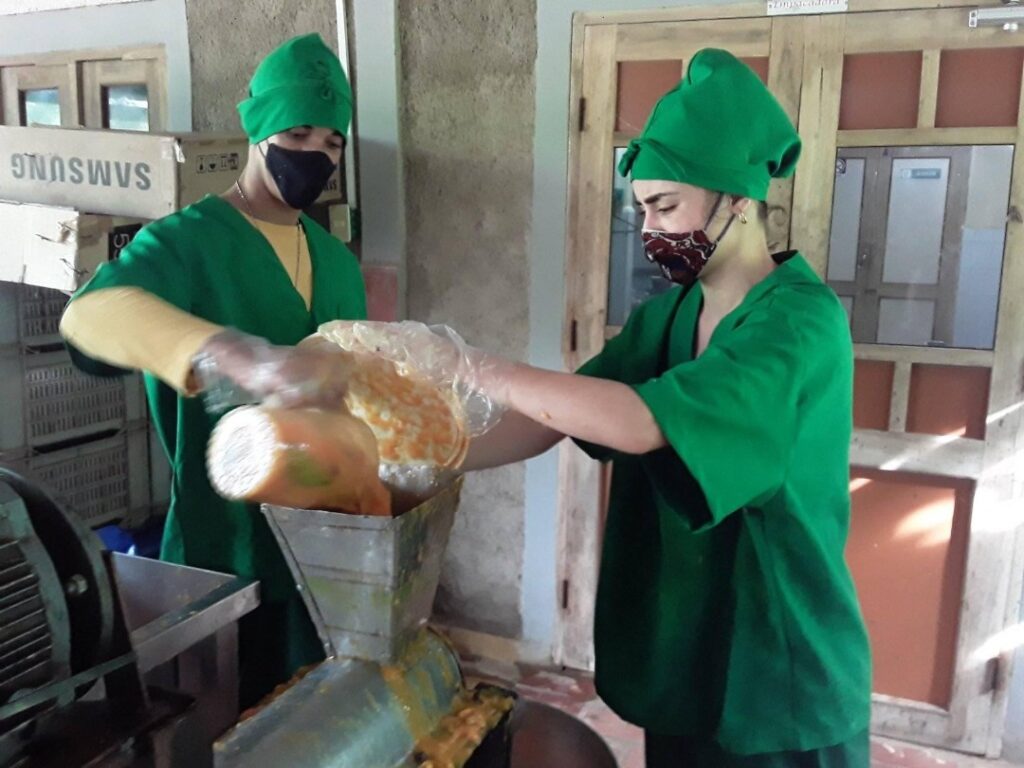
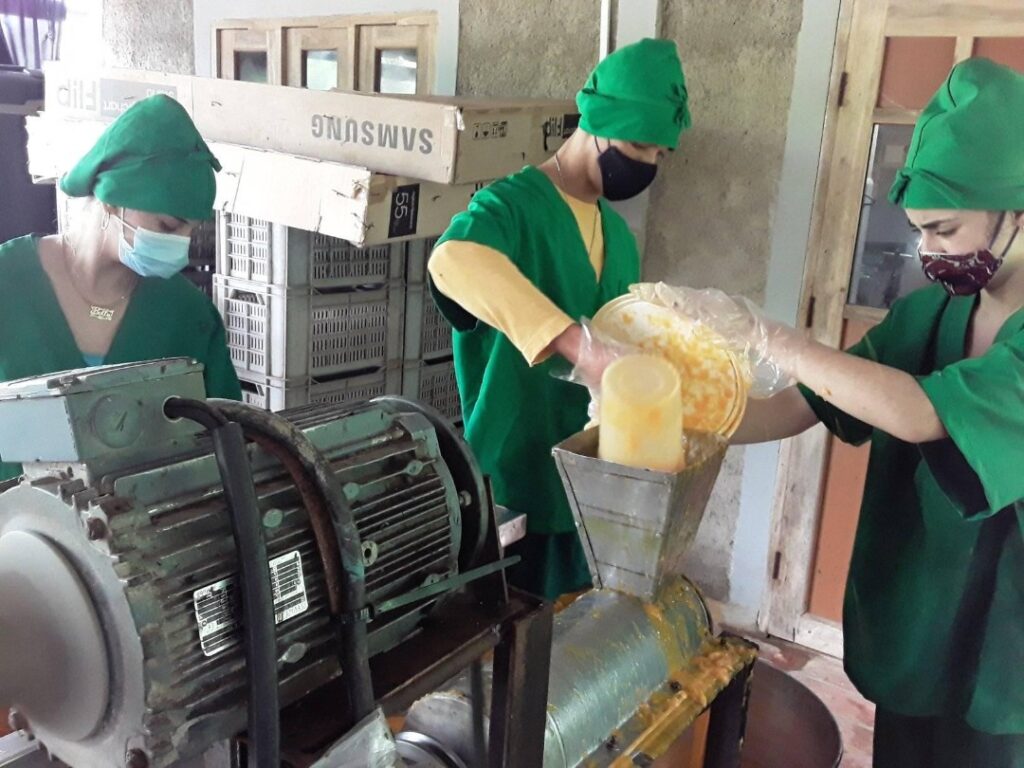
The farm has also been incorporated into the clean energy program using solar panels, to guarantee energy to the house, the agricultural products processing plant and the refrigeration chamber, as well as the water pump that maintains the filling in the ponds.
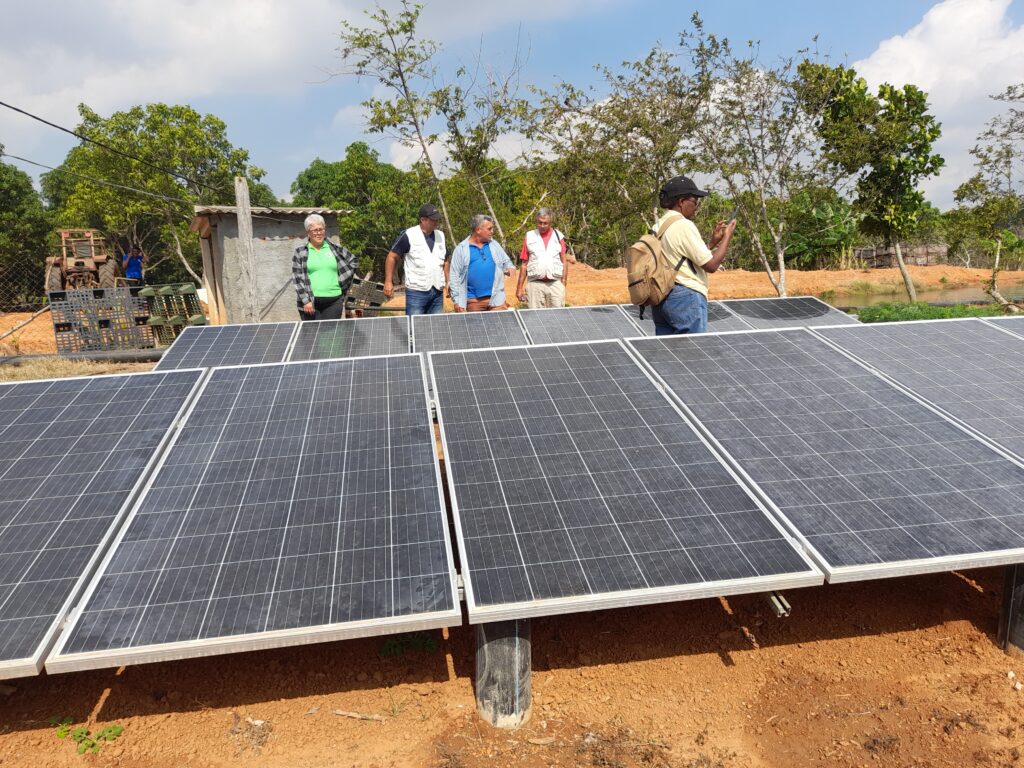
Regarding the management of biodiversity on this farm, the biological integrity index reflects good ratings for the first sampling moment in 2019 and very good for the second moment in 2023. These ratings are supported by the results of the different quality indicators. such as soil, vegetation cover and biodiversity-friendly management, which always achieved high scores within the range of the good category. Only the water resource for this farm showed poor quality results (fair). In general, the Tierra Brava farm has maintained favorable management towards diversification and increase in biological diversity, which has contributed to the integrity results achieved. These studies correspond and in turn reaffirm the SLM category that this farm holds, the highest in Sustainable Land Management (SLM).
Biodiversity must be maintained or promoted to guarantee the self-regulation capacity of agroecosystems. All trophic levels of the agroecosystem (herbivores, predators and decomposers) are organized and depend on the primary trophic level and the more complex the vegetation, the more varied the associated trophic levels are. Given the interconnection between the environment, natural resources, natural threats and food security, it is necessary to reduce vulnerability by adopting sustainable management strategies for natural resources such as soil, water and forests, thus improving the surrounding environmental matrix. Simultaneously, the implementation of agro-ecological practices will be necessary to stabilize agroecosystems, including soil conservation, water harvesting and other measures to regulate water management and quality, as well as crop diversification, restoration of degraded lands and others. The idea is to design agroecosystems surrounded by a more complex landscape, with diversified productive areas and covered soils rich in organic matter, since these will have a greater opportunity for recovery (Altieri and Nicholls, 2013.
